Mountain bikers have been riding trails in Royal National Park for nearly 30-years, and locals estimate that there is well over 100km of singletrack. Only about 10km of that is legal, and that’s the way it has always been. However, a new draft management plan is seeking to legitimise two-wheeled recreation in the park. On its face, this is a big win for Sydney-siders; however, digging into the details, it’s more of a mixed bag.
Paul Lidgard, President of Trail Care, has been riding mountain bikes in RNP for nearly three decades and advocating for trails around New South Wales for almost as long.

“This is the first time National Parks has actually put together a plan of management for mountain bike trails,” he says. “That is a good thing moving forward, unfortunately, that’s pretty much where the good part stops.”
According to the draft plan, Park’s vision is to reduce the RNP trail network from over 100km to 53.8km and confine mountain biking to three designated zones in an effort to curb illegal trail building, relieve congestion, and improve the sustainability of the network.
Related
- What does native logging mean for mountain biking in Derby?
- Beechworth to Yack and back | The Indigo Epic gets the go-ahead
- Forrest gets a facelift | All-weather trails and new singletrack for the Otways
The current state of play
Over the years, Parks has allowed mountain bikers in Royal National Park and largely turned a blind eye to folks using illegal trails in the bush.
“In the 1990s, we would go out and ride 60km loops on fire trails, walking trails we weren’t supposed to be on, and also some illegal trails before we knew better. It’s definitely time to address a formalised network with larger connections,” Lidgard says.
“The current network has just been left to go without any proper management. We have tried to organise volunteer trail care days in the past, but it didn’t really work out, and we have tried to legalise stuff in the Loftus/Temptation Creek area — they have allowed riding to occur in that area with very little maintenance. So that’s why we have a bit of an eyesore now because we have a network that has been used heavily — especially since Covid — and it’s sort of just been left.”
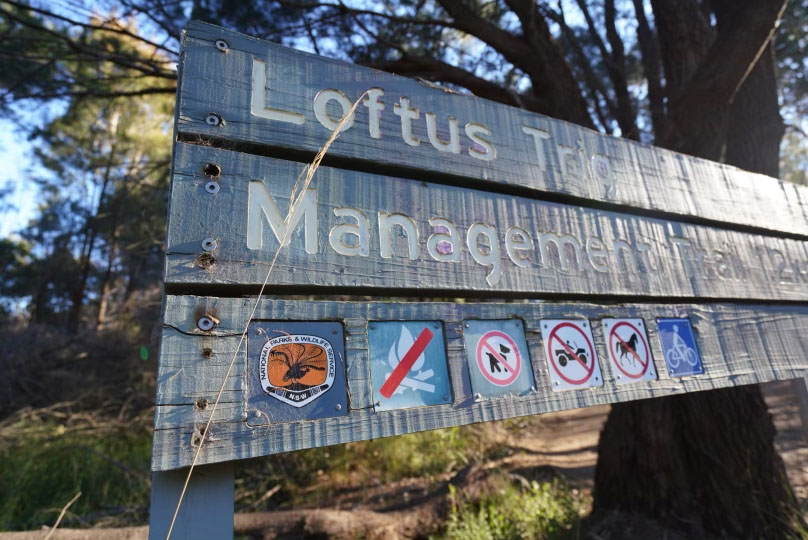
Giant and Shimano Australia rider Jon Odams started riding in Royal National Park when he was in high school.
“The first time I rode in Royal National Park was 25-years ago exactly, and in my memory, I would say the Royal National park has made or approved about two kilometres of singletrack. In 25-years,” Odams says. “Obviously, they have to do the right thing and look after the park, but considering what a lot of other places have been able to do, two kilometres in 25-years is not great.”
Currently, there are about six kilometres of legal singletrack in all of Royal National Park and another 2.3km adjacent to the park in Helensburgh. Matt Cady, from the Helensburgh Off Road Cycle Club, was the driving force behind the building and formalising that 2.3km.
“I actually just started mowing some public (crown) land because there was nowhere for kids to ride their bikes or learn to get off the training wheels in town because there are no footpaths or anything,” he says. “I kept going back to mow, and all of the sudden, it was ridden in.”
So Cady did a bit of community organising to legitimise this bit of singletrack so they could hold events for local kids, and since then, it has taken off.
“We’re actually the only legalised mountain bike track within the Illawarra,” he says.

Cady and the rest of the local community in Helensburgh worked with state and local government to formalise this kids trail and have even tried to sell Parks on using it as a trailhead for the ~60km of informal trail to which it connects. He and the Helensburgh Off-Road Club have conducted community engagement, and members have even taken the IMBA trail building course to ensure that what is there stays in good shape.
Unfortunately, Parks hasn’t been amenable, citing the current management plan. Cady doesn’t agree with their assessment.
“The way I read the current plan of management, mountain biking should be allowed in certain areas because it’s very similar to (what) Glenrock’s plan of management lays out. There (at Glenrock), they are able to build and maintain existing track on what’s called pre-disturbed areas, and approximately half of the southern end of our park is pre-disturbed,” he says.
“The reason it (RNP) is loaded with tracks is because no one maintains them, they’re unmarked, and there is no management at all. There have been so many community groups trying to work with Parks and provide a solution, but they constantly want to hide behind this plan of management. I don’t really see how having this new plan of management is going to change the fact that the National Park prefers to use the plan of management as a tool to hide behind and neglect people from using the National Park,” says Cady.

Sean Hill from the Mill Creek Trail Association has spent a lot of time liaising with Parks and advocating for trails and maintenance in the park since 2002.
“It’s proceeded in fits and starts, and there were a few periods where we were getting in and doing maintenance. It would peter out, and then it would start again, and we’re still stuck with a tiny six-kilometre network of (legal) trails,” he says. “The supply didn’t meet the demand, and we’re here now with a lot of informal trails because of it,” he says.
Under new management
Before we dive into the overarching issues with this draft management plan, we should note the fact that mountain biking is formally being included in a plan of management is a good thing — even if it’s not the perfect solution right off the bat.
“I think previous Park’s management wasn’t really sure what to do with us, and that’s why we were sort of tolerated,” says Hill. “I see it (the new plan of management) as a positive step, in that it’s a chance to lock mountain biking into the fabric of the park. At the moment, we are sort of this fringe group, and there are a lot of us there, but we are not officially recognised.”
Cady offered a similar sentiment: “I support the fact that they (Parks) are going in there on their front foot and making changes, even if they are small. I think it should be supported and embraced because it’s one step at a time, and you can’t get to the finish line unless you take all the steps in between.”
Odams, too was happy to see the trails being made official but expressed disappointment that more trails were being closed than kept open or built.
Both Hill and Cady said they have good working relationships with the local parks staff and rangers; however, this plan is coming from above those rangers.
The new management plan divides the park up into the Temptation Creek Zone (Loftus), Heathcote, and Helensburgh as the places where mountain biking will be permitted, and a linking trail — which appears to be fire roads — between them, complete with a sizable gap at Heathcote.
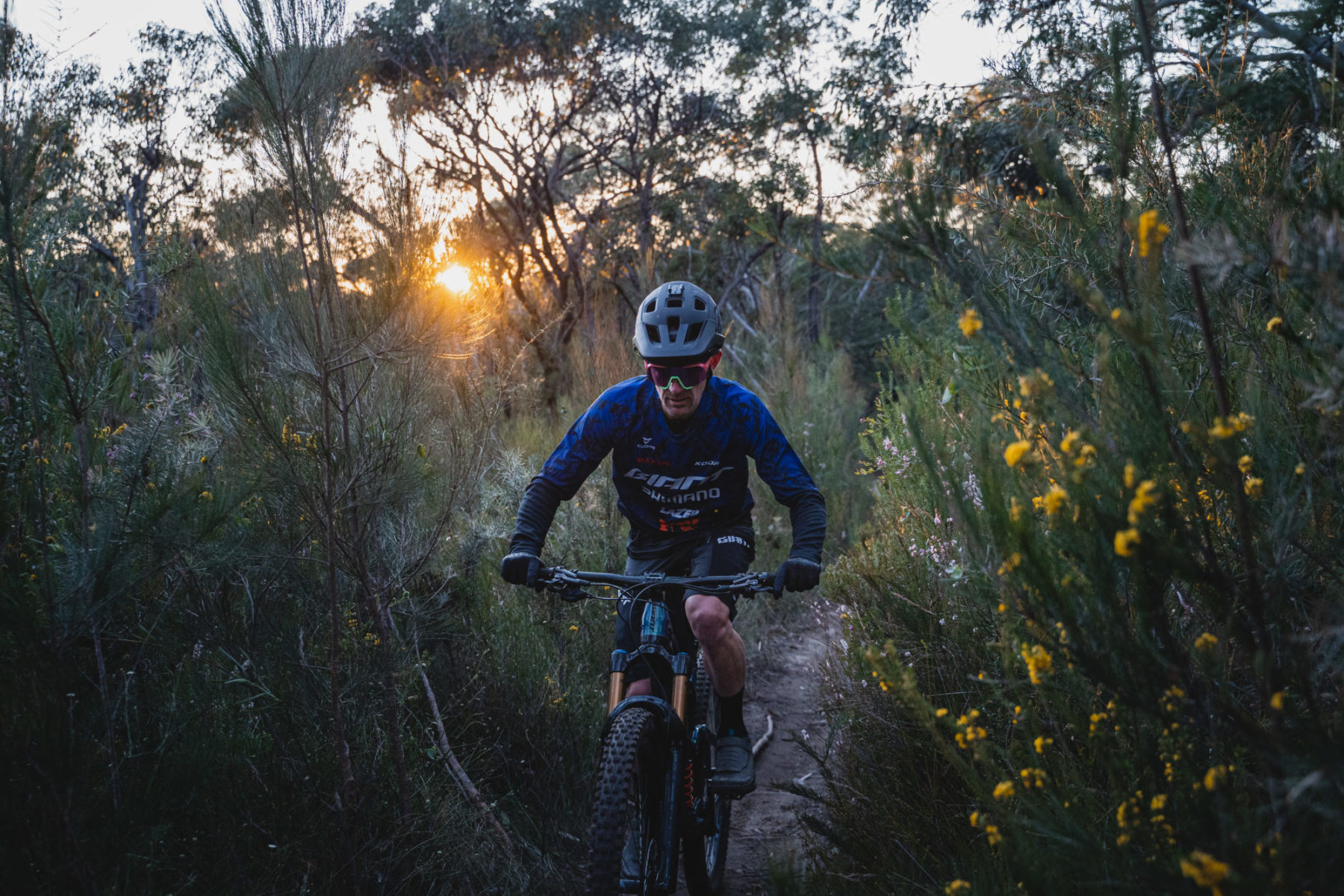
Hill rides in and around Royal National Park week in and week out and knows the maze of trails well.
“The first couple of lines discuss the fact that there is 150km of trail. There probably is when you add it all up, but I don’t know that there is 150km of trail that should stay,” he says.
“I know there are going to be differing viewpoints on that, but as someone who rides there often, there is a lot of stuff in there that probably shouldn’t be, and there is definitely room for improvement,” Hill says.
This draft management plan has been in the works for some time. Parks NSW engaged Dirt Art to conduct multiple audits of all the trails in Royal National Park, both formal and informal, working together with flora and fauna experts to assess the natural values, and gauge the quality and environmental impact of the existing network.
“We made a number of recommendations about what trails should be kept, and what trails were probably not as high value, or were in areas that had conflicting constraints in terms of natural value,” says Dirt Art Managing Director Simon French. “We also looked at the potential for a number of new trails which was mostly trying to improve connectivity and network functionality.”

Dirt Art’s most recent 2020 audit is unpublished. However, the 2015 audit is available on the NSW Parks Website. It shows the trail building company recommended up to 47.7km of new singletrack be constructed, in addition to upgrades and four trail closures.
Because the most recent report is not publically available, French could not go into the specifics of Dirt Art’s findings.
“There are certainly a number of trails that we proposed for closure, but it wasn’t significant in the broader context of the network. I think we assessed about 140km of trail, and some of that trail (which we did recommend be closed) was largely abandoned and not really ridden, or because it was not well-built,” he says.
“We worked with Parks and our consultants to recommend a network of new trails. Some of that made it into the report, some of it didn’t,” says French.
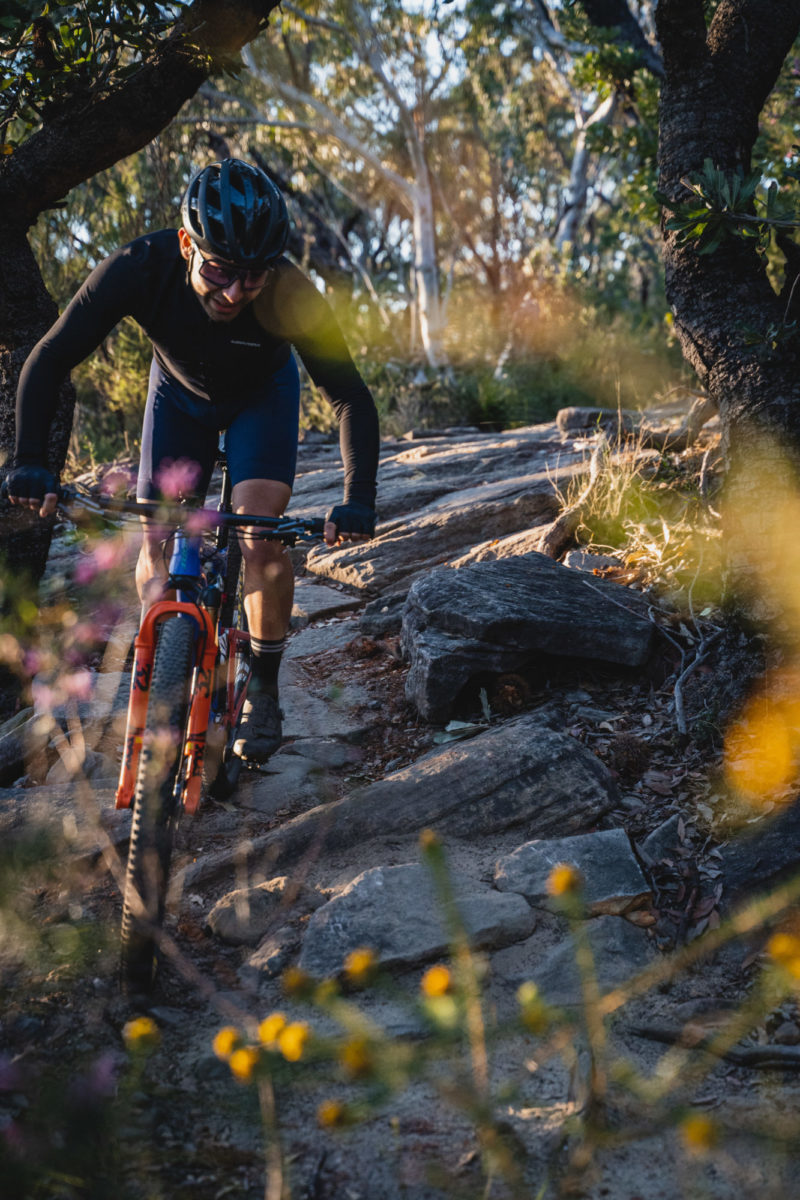
“I can say that it looks like a reasonable amount of those new proposed trails that we did put into the report haven’t made it through to this stage of the process. I couldn’t comment as to why that is, as we haven’t dealt with Parks for quite some time since we completed that report,” he says. “It does appear that areas of trail we hadn’t necessarily proposed for closure, have been proposed for closure (in the new draft plan of management). Again, I couldn’t necessarily speak to the reasons for that.”
In speaking to locals and the folks from Trail Care, each raised significant issues with what Parks have put forward. These range from omissions of popular sections of the network, to the zoning, counting fire roads as mountain bike trails, and even the fact that many of the closures target more technical trails, meaning there is nothing available for riders as their skills progress.
But the overarching issue everyone we spoke to kept coming back to is that this plan of management will not address the issue at hand, nor will it protect the park.
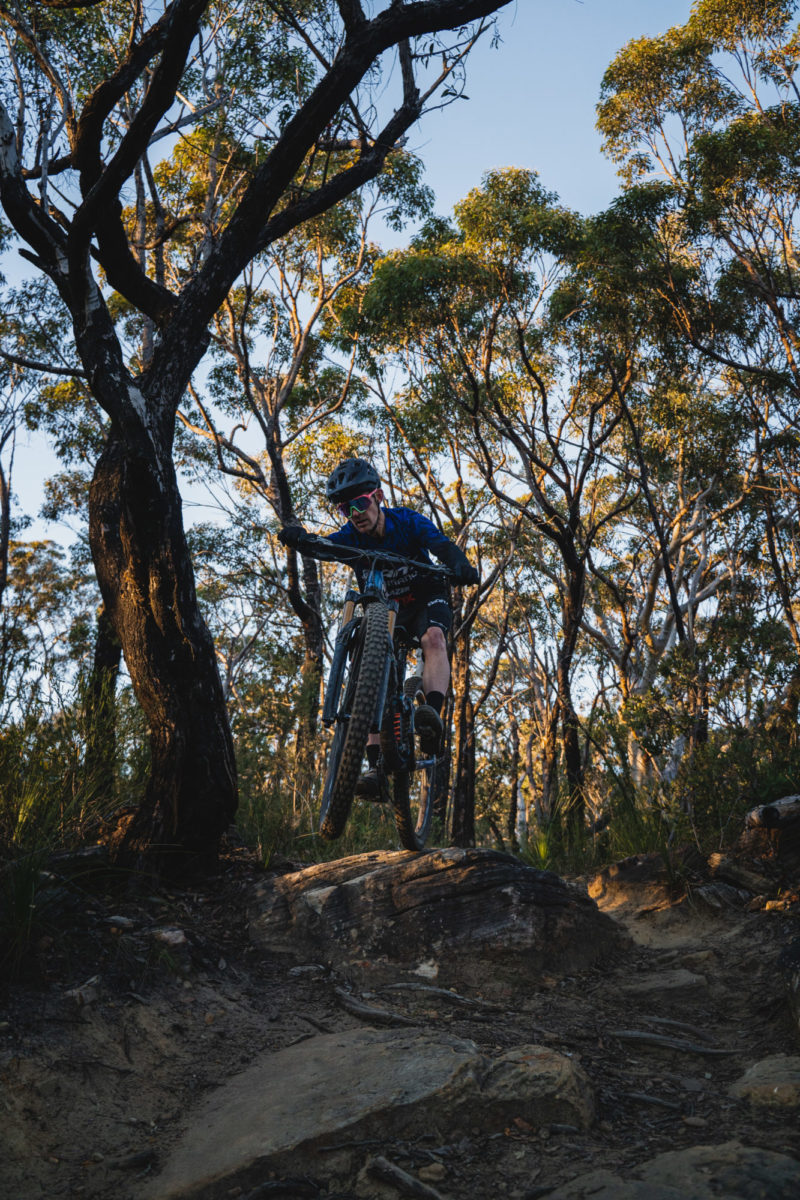
“The draft does not deliver outcomes to protect the park in the future. It doesn’t develop outcomes to engage riders to do the right thing, or give them environmentally friendly, professionally built trails, with the right technical features or challenges to create the enjoyment factor,” says Lidgard.
“The motto of the Parks and Wildlife Service is to ‘protect and preserve.’ By reducing the network and not putting in trails to meet current and progressing demand, illegal trails will always pop up,” he says.
Flow has reached out to the NSW Parks and Wildlife Service to seek clarity on how these concerns will be addressed. Unfortunately, at the time of writing, Parks has not taken the opportunity to comment — we’ll update this story should we hear back.
The big issue
Sydney is the largest population centre in the country, but only boasts a handful of formalised trails — which is why there is such an extensive network of informal trails in green spaces across the metro area. Adding to the network in Royal National Park is not the one-stop solution, but there is an opportunity to move things in the right direction.
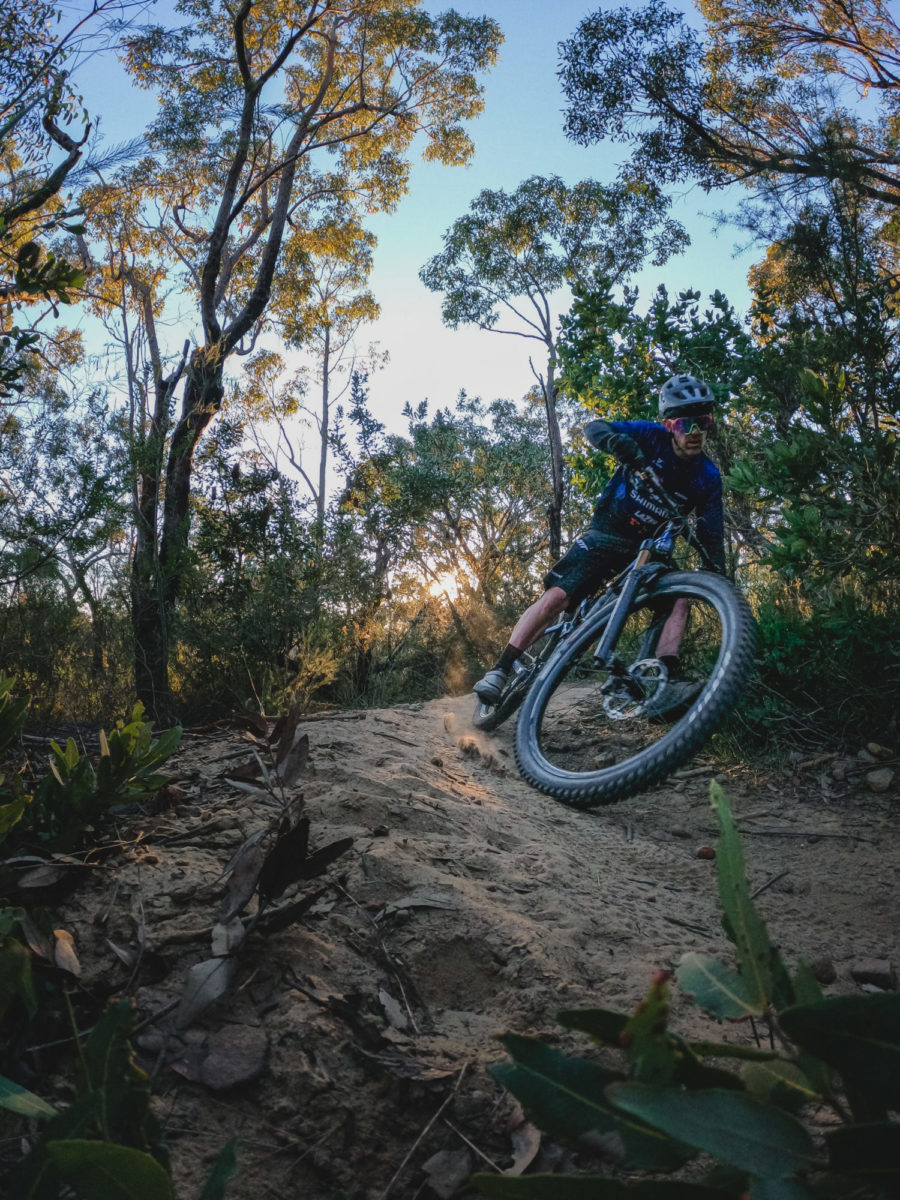
“I think illegal trail building in Sydney won’t stop until there is an appropriate level and quality of trail to cater to the mountain biking market — which is not to say that I condone illegal trail building,” French says. “It’s a problem that’s only getting worse, and until we start to create better trails and more of them, it will be an ongoing problem.”
“I think Royal National Park plays a significant role in that space,” he continues.
So what can you do? While the comment period for this draft has closed, Lidgard says it’s still important to voice your opinion, and is encouraging people to write to NSW Parks and Wildlife and the Minister for Energy and Environment, Matt Kean.
“Write what you think, write from your head, not with emotion (Ed’s note: be polite). Be clear what you really want within the park,” he says.
Photos: Christopher Visvis/@chris_visvis





